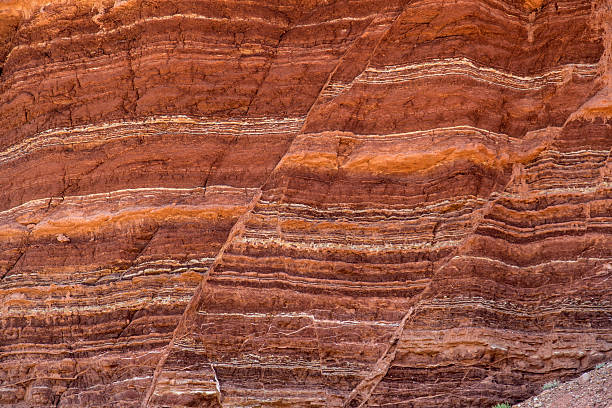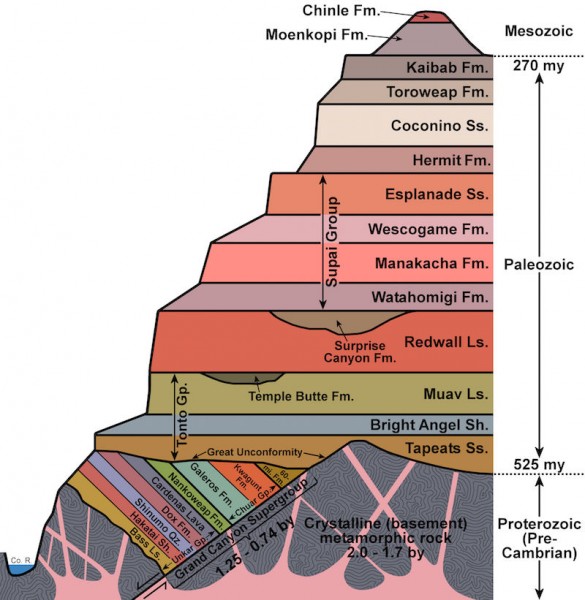Friday, September 16th, my group of classmates finished our fieldwork at the Kimlin Cider Mill and the remains of its horse-drawn cider press. The old mill served as a popular café destination for Vassar students of the early 1900s—our class returned to the mill to search for any signs of its historical mill or any material that would have pointed towards life in the early 20th century. We used methods of stratigraphy and other archaeological survey systems to do so, recording our observations in each 10 cm increment we created below the sod. After a while, we could see how the layers slowly began to change in soil makeup and earth density, as well as the age of artifacts we found. This method of layered ground work that we performed at the old cider mill was especially interesting to me, as it felt like a direct representation of the readings in our class textbook, and also made me question other areas of stratigraphic surveying and the history revealed beneath our feet. Our combined reading and layered ground work reminded me of the ancient sedimentary layers of the Grand Canyon, which stuck out to me when I visited the national park as a child.

The Grand Canyon’s ancient and distinct layers of rock are some of the world’s clearest examples of prehistoric sedimentation. The canyon’s strata is separated into various ages and subgroups, which formed on top of each other over millions of years of erosion and sediment build up, creating the sharp lines seen in the image above. According to the Grand Canyon’s National Park services, the oldest of the Canyon’s visible rock layers are up to 1,840 million years old (Mathis, Bowman). The Grand Canyon’s rock stratification is significant because of its visual representation of archaeological and geological site history. Just by viewing the Canyon’s rock features, one is looking hundreds of millions of years into the past.

Apart from the Canyon’s Geological stratification, the National Park is home to an extensive amount of human history and ancient relics. Up to eleven Native American groups have been associated with the Canyon over thousands of years. Among the remains of ancient Native American living spaces and stone houses, artifacts of pottery, tools and small animal figurines are among the most interesting of the Grand Canyon’s hidden relics (“Archaeological Resources”). I was reminded again of our fieldwork which brought us face-to-face with forgotten objects hidden below ground.
Completing my fieldwork by observing layers of the ground below us helped me better understand some of our world’s most important examples of geological history. My connection with our class fieldwork and the Grand Canyon helped me connect our textbook definitions of archaeology to real world examples, and encouraged me to look deeper into the archaeological history of one of America’s most famous natural sites. After our fieldwork and my research on the Grand Canyon’s ancient sedimentary layers, I was able to put value to the phrase, ‘the deeper you dig, the older things get.’
Works Cited
“Archaeological Resources – Grand Canyon National Park (U.S.” National Park Service, https://www.nps.gov/grca/learn/historyculture/arch.htm. Accessed 17 September 2023.
Mathis, Allyson, and Carl Bowman. “Telling Time at Grand Canyon National Park (U.S.” National Park Service, 25 April 2018, https://www.nps.gov/articles/age-of-rocks-in-grand-canyon.htm. Accessed 17 September 2023.
Additional Resources:
“Whose Land Am I On? Native American Tribes in the Grand Canyon”

“Up to eleven Native American groups have been associated with the Canyon over thousands of years. Among the remains of ancient Native American living spaces and stone houses, artifacts of pottery, tools and small animal figurines are among the most interesting of the Grand Canyon’s hidden relics (“Archaeological Resources”).”
— How may stratigraphy contribute to or assist in repatriation endeavors, specifically from an archaeological point of view?